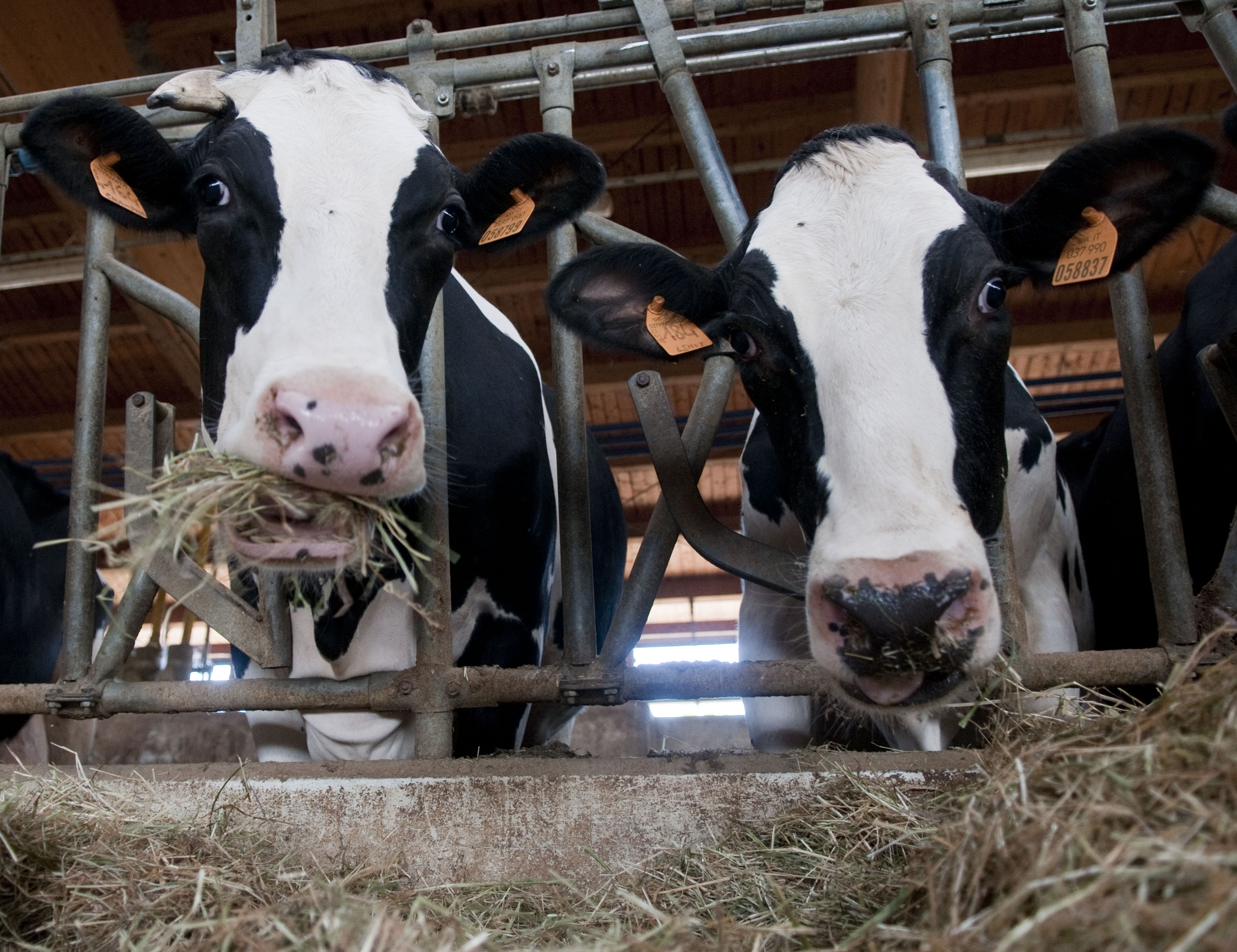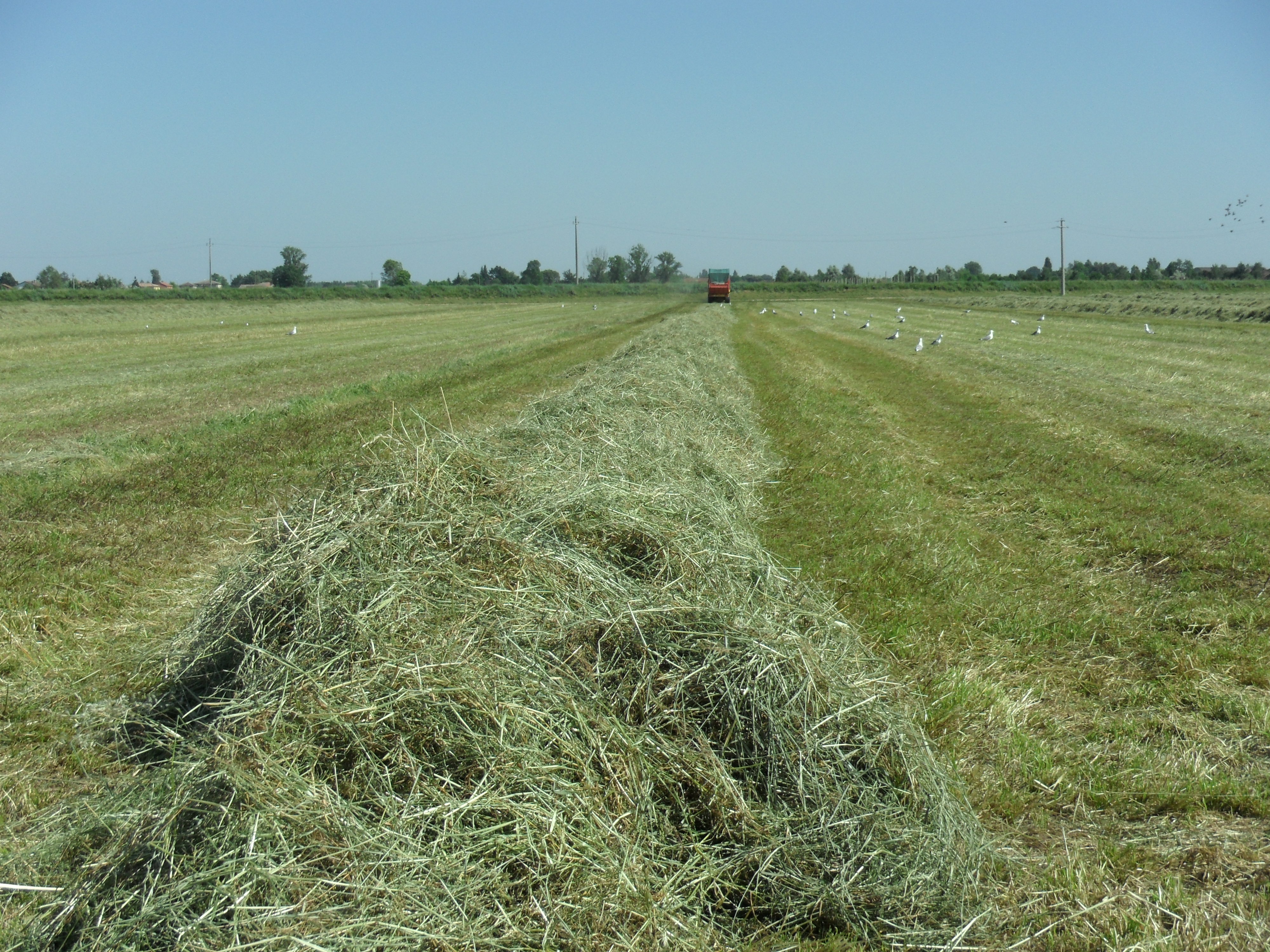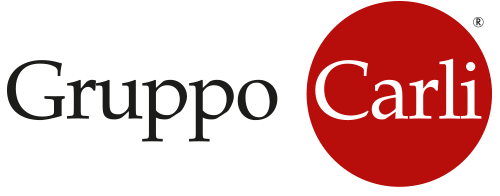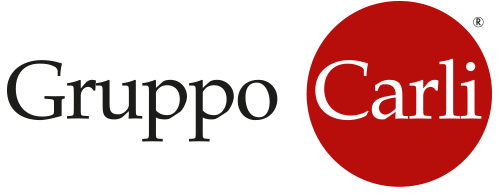Forage quality: how to evaluate and why is it so important
Forage Quality: how to evaluate and why is it so important
by Mattia Fustini
To obtain an appropriate diet for dairy cattle it is necessary to individuate the real nutritional value of the feed employed in the farm.
Knowing this allows to use the most suitable forage for lactating bovines, dry cows and animals in growing phase.
Forage as basis of the ration
The use of quality forage represents a key factor to improve productive results, health and wellness of the cattle. Each type of forage is characterized by its nutritional composition, its content of carbohydrates (fibers and sugar), protein and other constituents present in lower part but still important for the organism, such as minerals and vitamins.

Sensorial evaluation of the hay
Many information can be already collected by a sensorial exam of the hay. First of all, you can identify the species of plants present (polyphite or monophyte meadow), if weeds are present and whether they are toxic for animals or not. You can also determine the level of ripeness of the forage, which is one of the main factors determining the quality: in the weeds, it is measured evaluating the earing while in legumes it is measured according to flowering. According to these parameters, there are 3 quality classes:
1. Beginning of pruning or blooming: characterized by thin and tender stems, large number of leaves; number of ears or flowers in the sample lower than 10%
2. Full earing or flowering: the number of ears/flowers is close to 50%
3. Tardive (presence of seeds or legumes): stems are coarse, seeds or legumes can be found and there is a small quantity of leaves.
The ideal color of hay is as much as closer to green of fresh grass. An early mowing and a proper haying preservation are necessary to achieve it. When these two processes are not adequate, you can find mold, reddish color (index of fermentation or warming) or excessive dustiness.

Analisys of forage
Laboratory analysis are used to obtain the parameters for the formulation of the diet. The analysis must reflect the average quality of tested forage and to do this it is necessary to take a correct sampling. To sample from the outside to the depth, you can use a probe (samples should be taken from at least 4 bales per lot or 4 different positions at various heights in the barn/trench). Sample should not be too big to avoid management issues in the laboratory (weight between 250 and 400 grams) eventually merging various lot samples to obtain a final test sample.
A classic analysis can include the measure of:
• Dry matter: the weight of samples without water. Nutrients are reported as a percentage of the dry substance, to delete the effect of moisture dilution and to allow easy comparison between aliments during rationing. Hay’s average value of dry substance is 90%. Humidity higher than 14-18% indicates the risk of mold.
• Fiber analysis: Neutral Detergent Fiber (NDF) and Acid Detergent Fiber (ADF). The NDF considers the whole part of the fiber, including the hemicelluloses, while ADF is a fraction of it and measures only cellulose and lignin. On feed labels, it is possible to find raw fiber’s value, this is the official method but it is less useful for rationing (it considers only a part of the fiber). Recently the analysis of fiber digestibility has taken hold, this represents the percentage of NDF really digested by microorganisms (24, 30 or 48 hours are used to evaluate it).
• Raw protein: extremely important from the nutritional point of view, they are divided by their degradability in rumen between soluble protein and insoluble protein. The latter can used for feeding purposes too, except for the fraction tied to ADF. High levels of ADF suggests hay fermentation.
Other parameters are supplied by a laboratory report, like ash (low values indicate good haying without soil contamination), raw fat, sugar, or other indices that are calculated by formulas through the analyzed parameters. At the moment the most used index is the RFQ (relative forage quality), determined by the use of NDF, ADF, raw protein, protein tied to NDF, 48 hours fiber digestibility, crude fat and ash).
This index allows to differentiate forage based on the digestibility of the NDF and to divide them into categories for their use or economic appraisal:
RFQ index Categories of dairy cattle
100 – 120 Dry and pregnant cows
115 – 130 Growing cattle from 12 to 18 months old
125 – 150 Dairy cattle during lactation period
140 – 160 Young cows, replacement heifers
Dr. Mattia Fustini

D.V.M. cum laude and Ph.D. in Feed and Food Science from University of Bologna. Specialization cum laude in Animal Health, Breeding and Zoothecnical Production from University of Camerino. Dott. Mattia Fustini was born in the northern of Italy, Trentino province, where he grow up on a dairy farm. In 2007 he spent a year at the Penn State University under the tutoring of Dr. Jud Heinrichs studying the Physically Effective Neutral Detergent Fiber. He was responsible for the Experimental Farm at the University of Bologna from 2008 to 2017.His research focus on the effect of forage particles size on chewing behavior, milk production, and rumen fermentation in lactating dairy cows. He is currently an independent consultant working in dairy nutrition and management.

